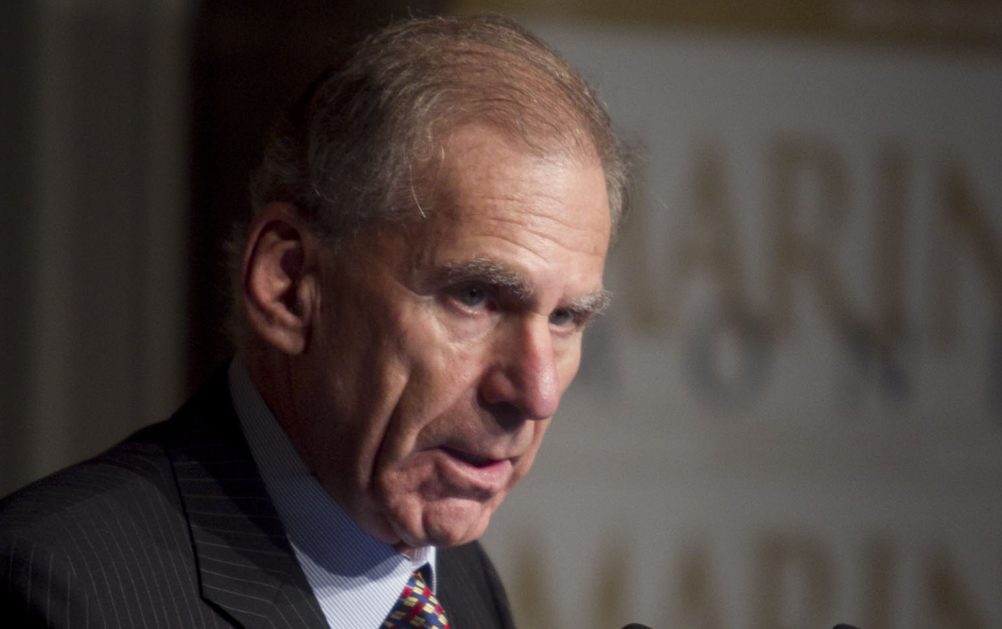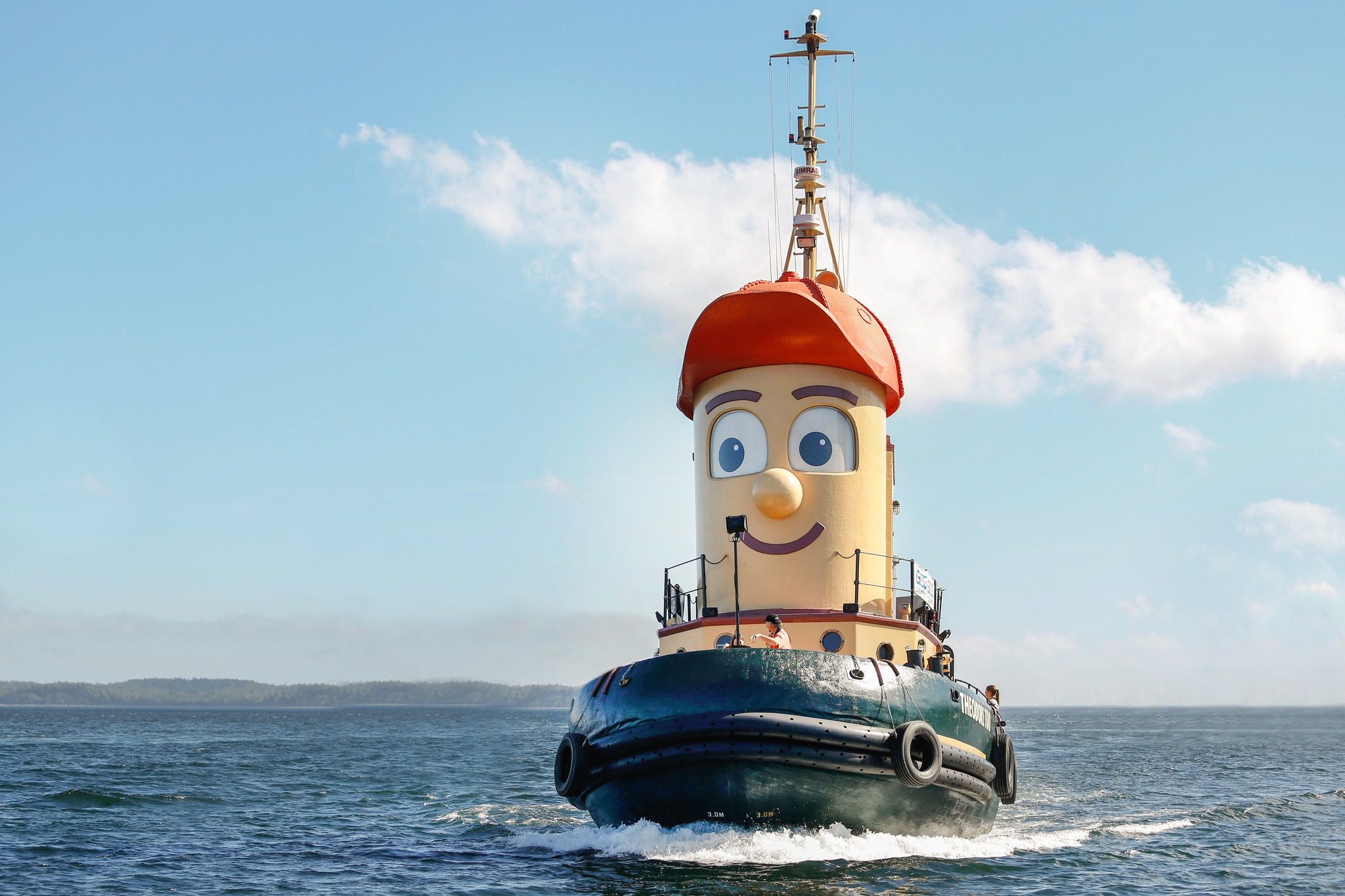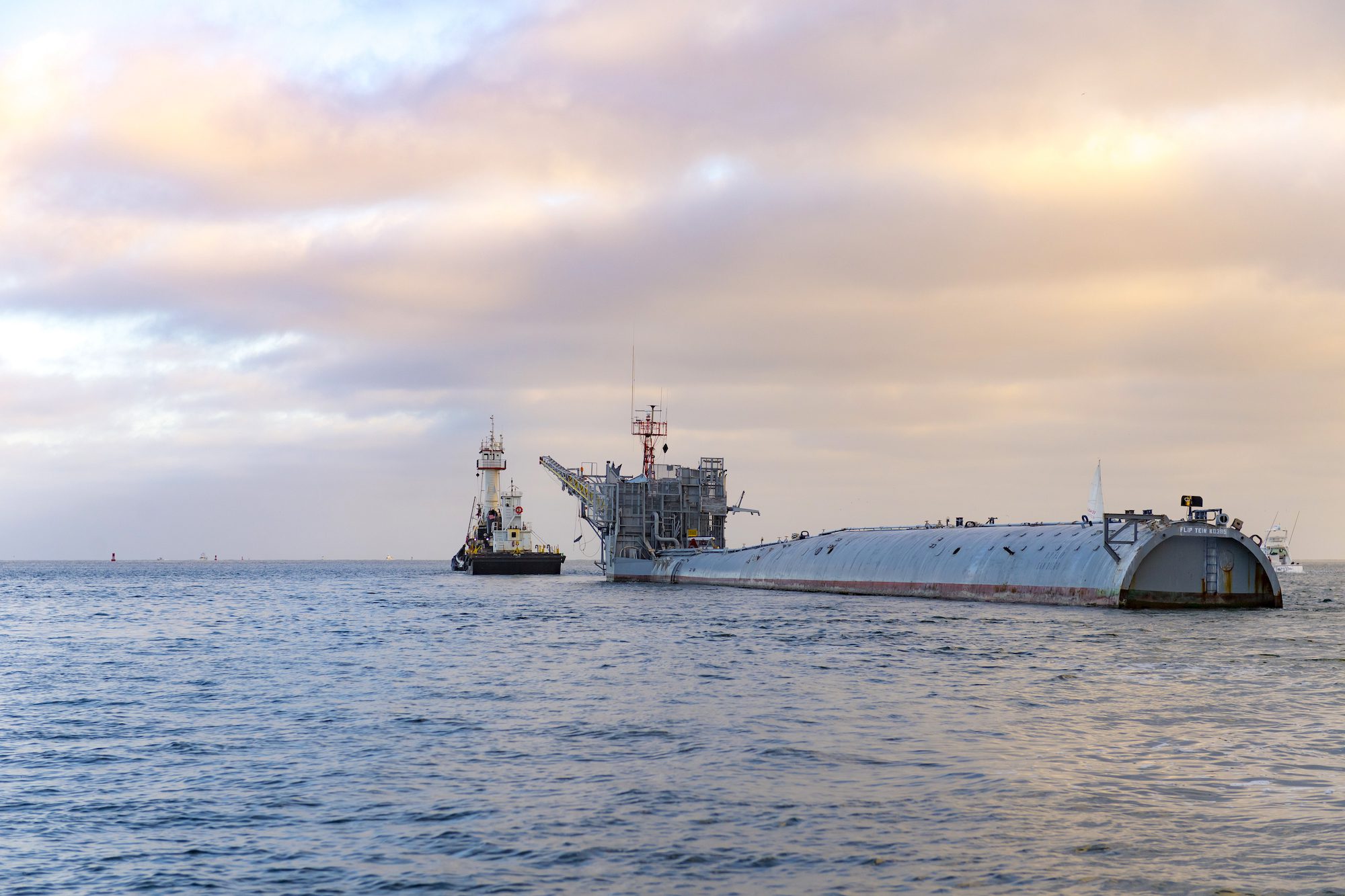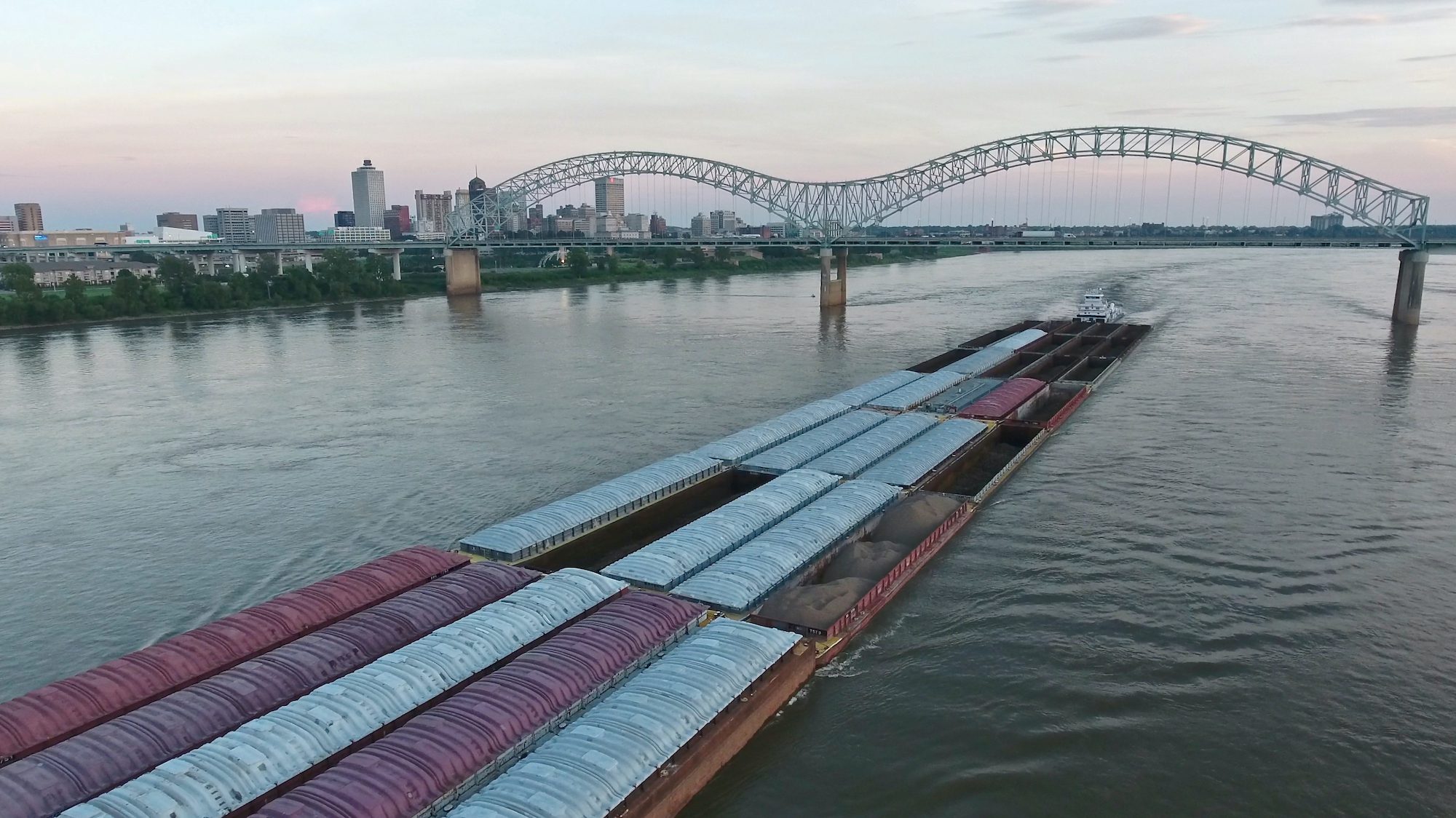Charles Fabrikant, Executive Chairman, Seacor Holdings, image: Marine Money
Charles Fabrikant, Executive Chairman of Seacor Holdings discusses the ups and downs of the shipping industry during the past 40 years at Marine Money 2012 in New York City.
Many would say that one of the lessons of history is we do not learn. The opposite view, however, is that put forward by a friend with whom I recently had dinner.
I asked what accounted for his extraordinary success. In characteristic, laconic style he mumbled, “good decisions.”
Hungry for insight, I pressed him, asking how he came to have made so many good decisions during his career.
Again, with typical brevity he answered, “experience.”
Of course I was eager to know how one gets relevant experience, so I persisted, and posed the obvious question.
The rejoinder was both somber and sobering, “bad decisions.”
Most of you are familiar with the standard exculpatory catch-all invoked in documents promulgated by public companies, ring fencing “forward looking statements.” I need to exonerate my memory, so I will claim my rights as a senior citizen and request any lapse in recollection, mistakes in recounted details, or revisionist history about the shipping business or my career not be held against me.
All of us in this room know that shipping is, “a cycle.” we also know that booms end and busts do not persist forever. During my almost 40 years in the shipping business there have been three turbo-charged cycles.
The 1967 hostilities in the Middle East had caused a boom in shipping but by the time I became involved in our family business in December 1972, freight rates had receded. Handysize tankers were fetching world scale 90-100, slightly above running costs, then about $800 per day for operations based in Greece.
I had bagged ws 95 for a cross-Med voyage, pretty good for a reformed lawyer.
My immersion course began two months later. In mid-February 1973, rates jumped 15% overnight. This was a dramatic lesson in cause and effect, and the impact of relative currency values on prices of commodities and ships.
In February 1973, the era of fixed exchange rates ended. Commodity prices and ship values were cut loose from the firm mooring that had tied them to the US dollar. Of course market dynamics, supply of vessels relative to demand, are the primary drivers of freight rates and ship values. However, currencies are an ever-present backdrop.
By September 1973, tanker rates had soared to unprecedented levels. Prices of vessels had climbed five fold. A second-hand 90,000 ton vessel, the Jeanine – a five or six-year-old turbine tanker, was making the rounds in February 1972 for about $5.5 million. It changed hands in September or October 1973 for about $25.0 million. Parenthetically this increase in value was almost as meteoric as the seven-fold increase in second-hand values that occurred during World War I from 1914-1918.
One and two-year old vessels were commanding prices higher than the cost of new construction, and of course the price for new vessels was climbing.
Another lesson: Beware of inverted yield curves. In shipping, as in financial markets, an inverted yield curve flashes an amber light.
In October of 1973 I attended a conference hosted by Chase Bank, then a major lender to the shipping industry…
Respected commentators, and Chase’s Chief Shipping Economist, were forecasting a shortage of tankers. This forecast was delivered with charts and graphs and firm conviction. The firm conviction dismissed the order book that had grown steadily since 1971, and perhaps more significantly a much higher price for oil than anticipated when the orders were placed.
The prevailing wisdom of 1973 was US oil imports would continue to grow geometrically and the shortfall for our refineries would be satisfied by crude oil making the 30 plus day voyage from the Middle East.
Of course the future proved otherwise. By 1976, tankers dotted the harbor in Piraeus and were parked in the Norwegian fjords.
High oil prices took their toll on the US and global economy. Inflation was accelerating, but ship prices were plummeting.
To make matters worse for tanker owners, Mexico, Alaska, and the North Sea altered the ton-mile equation. The nail in the coffin was the imposition of mileage standards for new cars, whose impact hit the market in the 1980’s. And for those who may not remember these regulations were sponsored by a Republican administration.
Except for the brief boomlet caused by the turmoil in Iran – sadly also the impetus for additional orders for tankers – that sector from 1974-1988 was a barren desert. In 1988 a gradual market recovery got underway.
The second turbocharged shipping market during my career was the dry cargo boom of the late 1970’s. Charter rates for bulk carriers in 1977 were barely above breakeven.
From 1978-1981 time charter rates tripled. Since rates were barely above breakeven at the trough, operating profit increased parabolically.
As always, ship values followed.
What factors gave rise to this bounty?
Port congestion in Nigeria, which was spending dollars coming from the oil boom, failed crops in Russia, a surging economy in Japan, and a weakening US dollar.
Commodity prices climbed. Hoarding and accumulating inventory vacuumed ships from the spot market. The prestigious magazine, Foreign Affairs, ran an article with the catchy title “Green Gold.”
Optimists were predicting that China’s swelling population would consume more protein, necessitating more grain to feed livestock. Pessimists were predicting that the Soviet Union would forever be doomed to poor harvests because of problematic weather and farmers who were unmotivated by the collective system of agriculture.
Of course history again played a cruel trick.
The dry cargo fleet had expanded in the latter part of the 1970’s, in part based on orders by Japanese industrial companies placed to service the export juggernaut, in part because owners converted orders for tankers to dry cargo, attempting to salvage value from deposits placed earlier in the decade for hulls that would deliver into a poor market.
As with tankers in the 1970’s, there was a follow-on blow. The early 1980’s introduced new fuel-efficient diesel engines.
Korea also made its debut on the ship building scene in the late 1970’s. 38,000 deadweight product carriers were offered for slightly over $30 million dollars, quite expensive when compared to today’s prices for larger vessels of the same class.
The 1980’s, as most everyone knows, were the dark age of shipping. Not only did freight rates languish but prices for assets were punished by rising interest rates and competition from new building.
For those who may think that ships are a fortress of value in times of inflation, I suggest think again. Although rising interest rates are usually a precursor or coincident factor in improving economic activity, and demand for freight, they are also competition for capital. I can think of no worse investment than an asset that lacks pricing power to increase its current income production at a time of accelerating inflation that is causing interest rates to climb.
The third meteoric rise in shipping rates and ship values, and the longest sustained period of good times in my life was the boom that began in the first half of the last decade and crested in 2008. Shipping enjoyed the perfect storm.
During the dark ages shipyards had closed. By the late 1990’s most European shipyards had closed their doors, except for those building offshore vessels. In 1998-1999 the financial meltdown in Asia inflated the value of the U.S. dollar and shipyard prices reflected levels not seen in quite some number of years.
The economies of Asia recovered, led by China which was devouring raw materials, particularly coal and iron ore.
After the shock of 9/11 the dollar began a multi-year descent to lower valuations relative to all the major currencies that were not pegged to it, the Yen, the Euro, the Won, even the RMB.
Immediately prior to the 2008 financial meltdown, it took 1.6 dollars to buy one Euro. Dollar interest rates, suppressed for many years because of the long-term capital crisis, the millennium scare and 9/11 tragedy, had started to climb, although at a modest pace compared to the 1970’s.
I won’t review the history of the last five years. I doubt there are many in this room who are so new to the industry that the period from 2008-2011 would be other than current events.
Of course opportunity is about the future, and the past is history.
I have questions, but, sadly, no answers.
What will be the impact of shale oil production and apparent increasing supply of natural gas on crude oil demand and product movements? Can these phenomena, yet to be confirmed as long-term factors, influence total demand and the ton mile equation?
What is the impact of the global “green” movement? America is ratcheting up mileage standards. Moreover, a gallon of gasoline pumped into our cars is typically only 90 percent petroleum-based.
What will be the impact of a bigger Panama canal? In my career the Suez canal was the wild card; would it be open or closed? The obvious impact of the new Panama canal configuration is on container movements, but could it be a factor in the coal or iron ore trades?
Is iron ore the petroleum story of the current decade? Its price rise is not unlike that of oil in the 1970’s and the Brazilian-Australian oligopoly is reminiscent of OPEC’s tight control over-supply until new sources of oil started to be economical thanks to the higher price and new technology.
Could Venezuelan ore and Colombian coal, transiting an enlarged canal, be the equivalent of the new sources of crude oil in the 1970’s that reduced ton miles?
Could the tonnage of iron ore and coal required to build out China and India prove less than expected due to progress in metallurgy?
Are the Capes of today the VLCCs of the 1970’s Cheap in comparison to peak prices, but condemned to a long period of oversupply?
Those who purchased ships in the dog days of 1984 suffered with poor freight markets, but by 1988 picked up a tailwind of declining interest rates.
Do today’s speculators face a headwind of increasing interest rates that will partially negate benefits to asset values from earnings coming from improving freight markets?
Could the combination of excess shipbuilding capacity with a stable or stronger dollar, the lure of improved fuel economy, and desire to meet new regulations cause more tonnage to crowd into markets that are already suffering from overcapacity?
Finally, how will higher interest rates, at some time inevitable, influence relative ship values? Will savings in fuel be worth less as a present value discounted by interest rates that are higher than inflation? Will middle age vessels be more attractive than newer and more costly ships that have to carry the burden of higher interest rates?
I wish I had answers to the foregoing questions. After 40 years in this fascinating business I tend to revert to paraphrasing a fairly well-known remark by a former justice of the US Supreme Court who was struggling with the definition of pornography:
“I don’t know the answers now, but I hope I know them when I see them.”

 Join The Club
Join The Club











